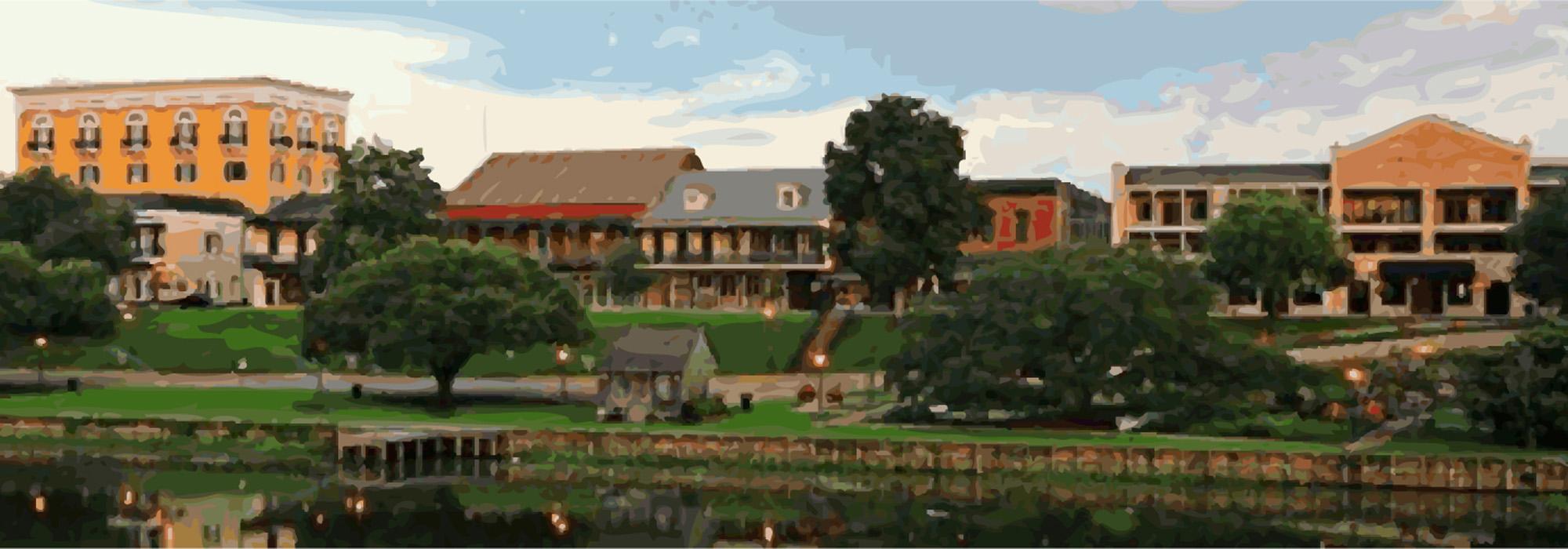It Takes One: Nancy I. M. Morgan, Ph.D.
I serve as Executive Director of Cane River National Heritage Area, a beautiful rural, agricultural landscape in northwestern Louisiana. Cane River is one of 37 National Heritage Areas that comprise cultural landscapes that have made a significant contribution to the American experience.
How would you define a cultural landscape?
Rather than give a formal definition, I will share my thoughts on Cane River as an example of a cultural landscape… it is a special place where people and land have had a significant impact on one another for a long period of time. Over nearly three hundred years, the river, which is actually a 35-mile oxbow lake, drew several cultures together to settle the region, and all of those cultures left their mark on the land.
Why did you get involved in the landscape that was threatened in your community?
For this National Heritage Area, the importance of the cultural landscape is central to the Congressional legislation that designated this region. The legislation sets forth what the Cane River National Heritage Area Commission is supposed to accomplish, and as such I have an interest in protecting and promoting the unique cultural landscape of the river valley.
How did your understanding of this landscape change as a result of your advocacy efforts?
I have worked for the Cane River National Heritage Area Commission since 2001, and frankly, of all the goals set forth in our legislation, the hardest to make progress on has been conserving the cultural landscape. The local community is committed to historic preservation, and have done an excellent job of preserving many important structures—both high-style and vernacular—in the region. However, the landscape as a whole, has received less attention, and we are slowly watching the erosion of the setting in which all the historic structures exist.
Development pressure is focused along the banks of the Cane River, which is the core of the historic cultural landscape. Only recently is landscape conservation becoming a concern for the community as a whole, and we are taking small steps to address it. For example, we are publishing a design guidelines book; working with developers to construct a sensitive subdivision entrance near Cane River Creole National Historical Park; building a Geographic Information System (GIS) to help us identify and manage sensitive areas on the landscape; and trying to work with local entities that control planning and zoning. For me, my understanding has deepened (along with my concern) as we make small strides in a situation of very rapid landscape change.
Did the understanding of others change as well? If so, how?
Sometimes you have to lose something that everyone values before they recognize a threat. That is what is occurring in the Cane River region right now. People are just beginning to realize that we live in a fragile landscape, and that the rural sense of place that people have been able to take for granted for decades is suddenly threatened. Concern is on the rise, but is still not at the forefront of everyone’s minds… there is much to be done.
What is the message that you would like to give our readers that may inspire them to make a difference?
Don’t wait until there is a threat to begin taking action—you lose too much in the meantime. If a place is important to you, think about its future NOW. Also, never underestimate the effectiveness of partnerships. We can accomplish so much more together than we can on our own.







